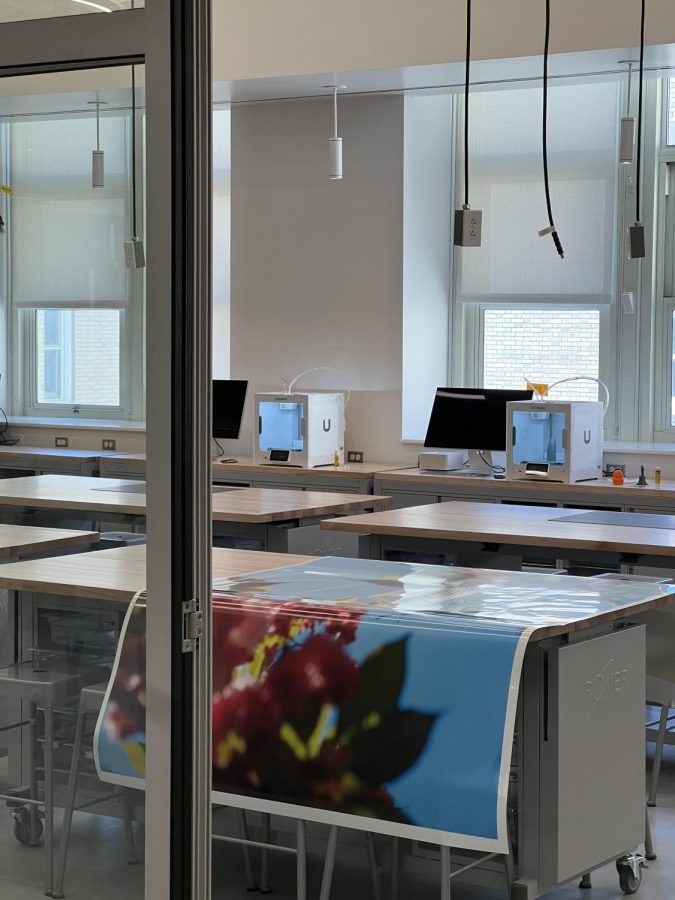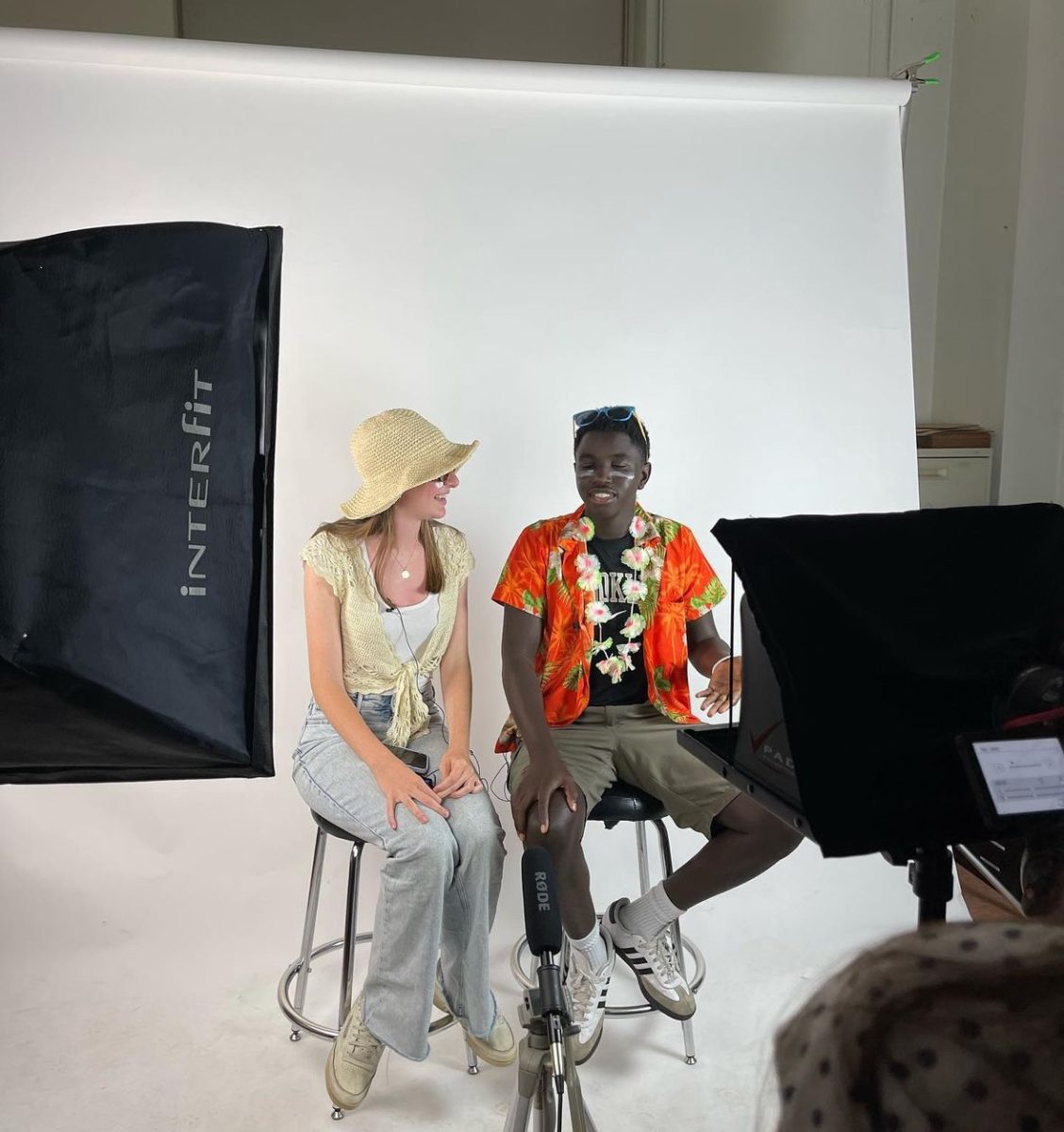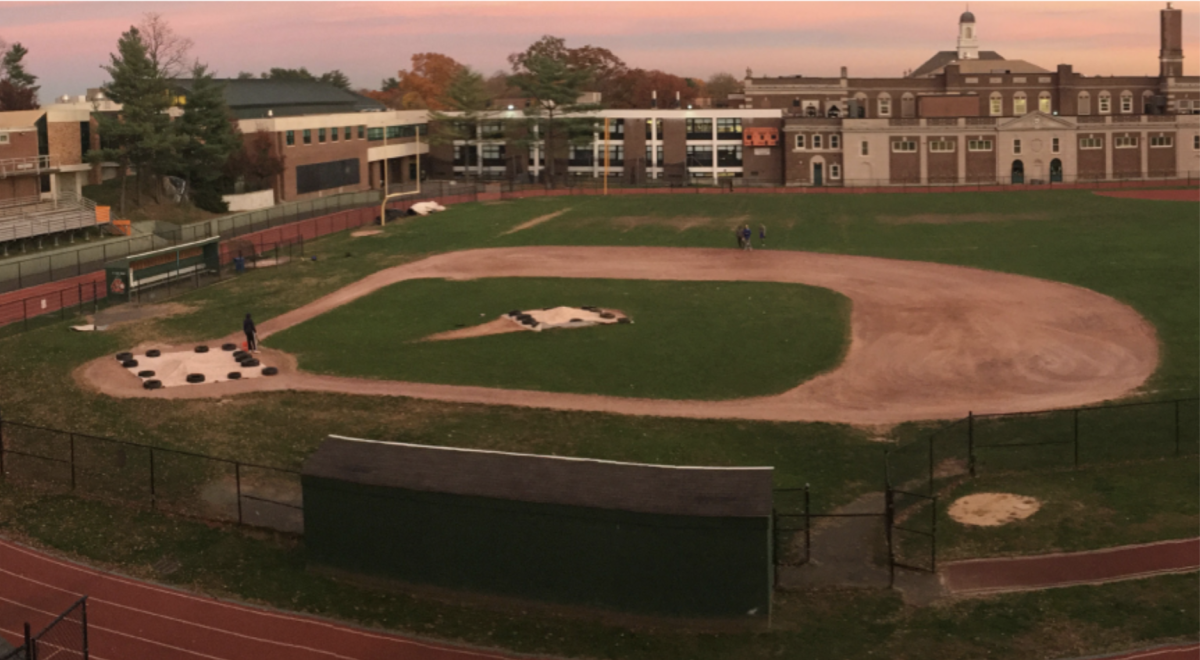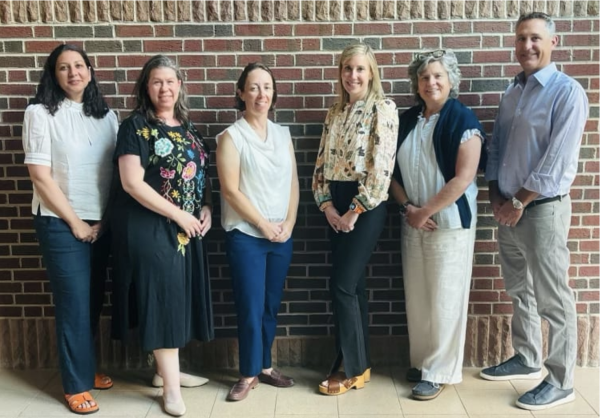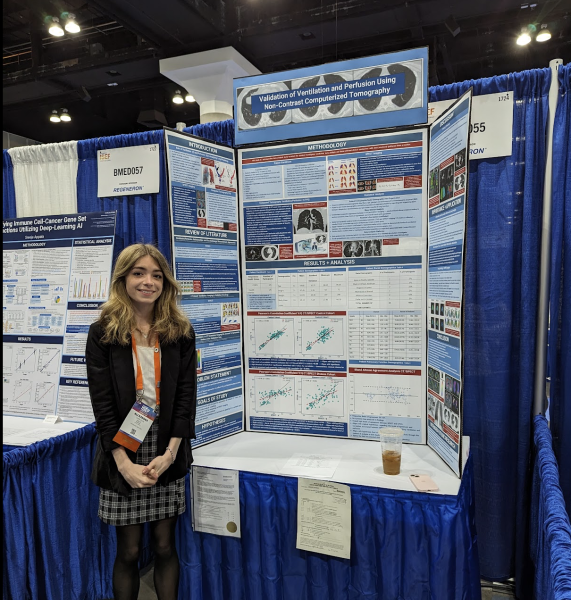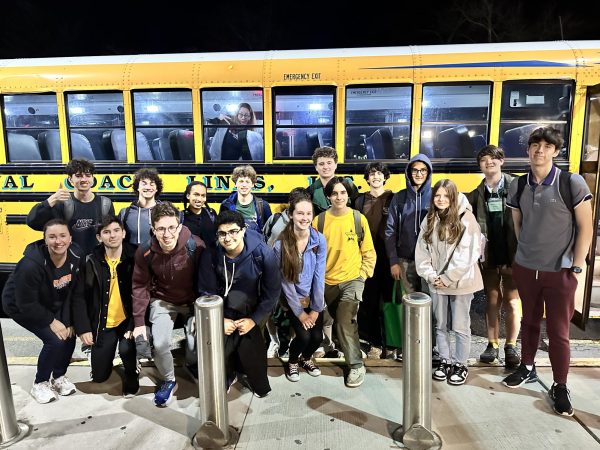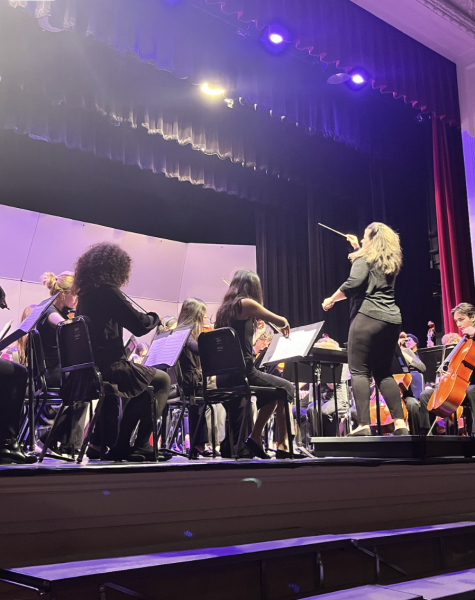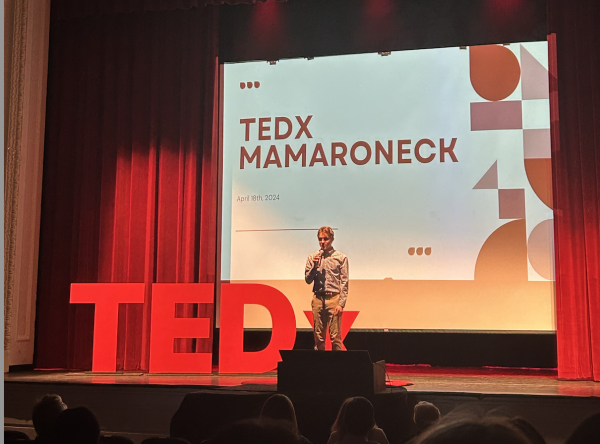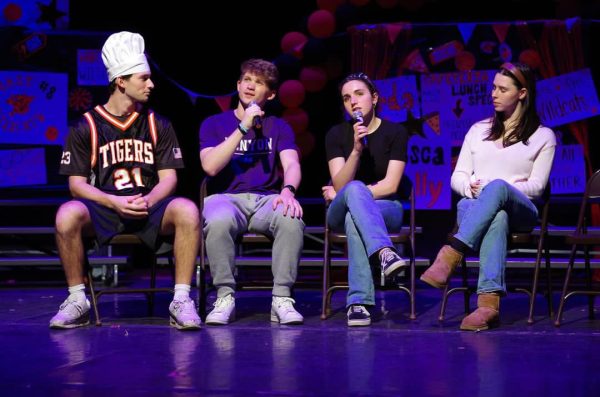MHS’s New ‘STEAM Studio’ Elective Joins Slate of Electives Next Year
Joe Robb O'Hagan for The Globe
A look into the new CoLab space in the Post building, where the STEAM Elective will be taking place.
June 29, 2023
With the addition of the new STEM Lab, located on the post side of MHS, a new elective is born, ‘STEAM’. This elective combines programs such as Design, Architecture, Computer Science, and Engineering. The addition of ‘STEAM’ to Mamaroneck’s elective programs effectively eliminates the current setup for the first year of all 4 of these elective classes. Instead, they will be placed into a one year course before branching off. Currently, most elective courses start off in a focused 3 year program before they combine into programs such as Collaborative Design. The ‘STEAM’ program would present a new path for students to later branch off into specific electives. This change, of course, has pros and cons.
Jordan Davis (‘23) took the Engineering elective throughout her time at MHS, as well as the Collaborative Design elective senior year, which has a similar setup to the new ‘STEAM’ class. She has committed to going to Yale next year to continue her studies in Engineering. She provides a unique perspective into the situation as the skills that she has learnt here at MHS have allowed her to pursue Engineering on a higher level. In reflecting on her experience with STEM classes at MHS, she explains, “My first year of engineering really laid the foundation for my interest in pursuing higher levels of STEM education. Engineering was unlike any other class that I had taken prior. There were a slew of skills–from problem-solving and engineering brainstorming techniques to creating 3D models–that had to be established that first year.” She addresses that with the new STEAM elective, that curriculums like Engineering would not be getting the same attention. “This is amplified by the structure of the engineering curriculum–second and third year engineers are put in the same class and expected to work together, and thus need a decent amount of background knowledge,” Davis further explains. She also expressed concerns about how that lack of time for the elective could change the program. “Combining all of the disciplines sacrifices depth for breadth, which comes with its pros and cons. I also worry that this new STEAM initiative will be too much like the technology class that I took in 8th grade, where due to the attempt to cover [Computer Science], Engineering, and Architecture, we had limited time to pursue topic areas that we actually enjoyed.”
Mr Hohn, Director of STEM K-12 and a teacher at MHS, disagrees, arguing that, “Though the curriculum might look a little different, students are not losing a year of their elective.” He adds that “each student will experience about a quarter in each discipline. With a few weeks left in the year, students will work in groups to design solutions to open-ended problems.” The program would allow students to study a wider variety of subjects at once, which has been something students have wanted to do in the past.
According to Mr Hohn, “Over the years, we’ve found that many students had interests in various aspects of STEAM, but that they were essentially forced to pick between our many awesome programs. Now, though, students will be able to sign up for STEAM Studio and not worry about receiving their top choice.”
Davis saw these new chances as a positive of the elective, expressing that, “The beautiful thing about high school is that you are introduced to a lot of different things and are really given the opportunity to try things out and see what you like. I certainly think that having a combined space will allow people to access varied interests.” A current issue stated by Davis is a disconnect between the different electives once they’re put into one class for Collaborative Design, as they’ve all already formed their own communities. Davis describes Engineering as having “something of a community in the way that PACE does–we all know each other, we all understand each other, and we all know how to work together. Being suddenly thrust into a large class with people whom we had never worked with in [Collaborative Design] was definitely a challenge. I would be interested to see if this program can break down barriers between disciplines.” The new STEAM class could be a potential solution. “I am optimistic that this new STEAM program will foster some bonds between students early on so that they are more willing and open to cross the ‘divide’ and break down barriers once they get to the Collaborative Design program. Students will be used to having different people specialize in different components of the project–something that definitely took some getting used to during my time in the class.”
Many incoming Freshmen are taking the STEAM course, instead of the full year of their focus in Engineering, Design, Architecture, and Design; they will have the chance to branch out and try all 4 different elements that make up designing today. The new STEAM elective has a promising future of uniting all four electives and giving students the chance to try out multiple electives before choosing a focused path.



